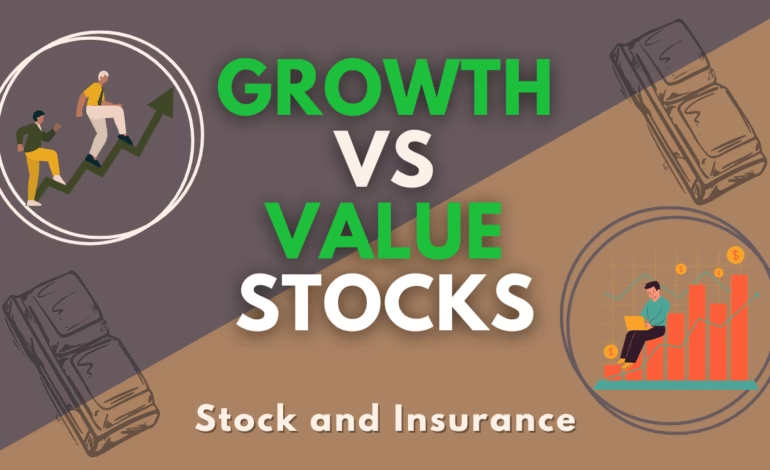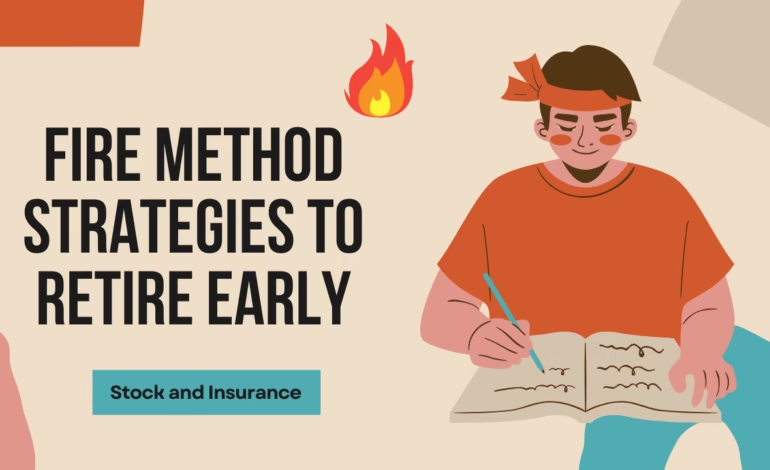
Introduction to the FIRE Method
Retiring early sounds like a dream. Imagine waking up without the stress of a 9 to 5 job, having the freedom to travel, start a passion project, or simply enjoy time with your family. This dream is exactly what the FIRE method aims to achieve.
FIRE stands for Financial Independence, Retire Early. It is both a movement and a financial planning strategy that focuses on building wealth quickly through a combination of frugal living, high savings, and smart investing. The FIRE movement has gained momentum across the US, UK, Canada, Australia, and Singapore, especially among millennials and Gen Z professionals who want to break free from the traditional retirement model.
Why the FIRE Method is Gaining Popularity
Many people dream of retiring early but often fall into planning errors that derail their goals. Traditional retirement planning suggests working until 65, contributing to a pension or retirement account, and then living off those savings. But today’s generation is questioning that path. With rising living costs, economic uncertainty, and the desire for more meaningful lives, many people are turning to the FIRE strategy to achieve financial independence much earlier.
The FIRE movement is not about escaping work entirely. Instead, it is about gaining flexibility and freedom. Once you achieve financial independence, you can choose to stop working, work part-time, or pursue projects you genuinely enjoy. That’s the true essence of financial freedom. However, achieving FIRE is not without challenges. Many people set goals for early retirement but stumble along the way due to poor money management or critical retirement planning mistakes.
Core Principles of the FIRE Method
To understand the FIRE method, you need to know its core foundations:
- Aggressive Savings Rate
Instead of saving 10-15 percent of income, FIRE followers often save between 40 and 70 percent. This requires strict budgeting and lifestyle adjustments but accelerates wealth-building. - Strategic Investments
Savings alone won’t make you financially independent. Investing in index funds, ETFs, stocks, bonds, and real estate is the backbone of FIRE financial planning. - Frugality and Minimalism
Reducing unnecessary expenses while prioritizing value-based spending helps you save more without feeling deprived. - Building Passive Income
Beyond investing, many FIRE enthusiasts create income streams through side businesses, digital products, or rental properties.
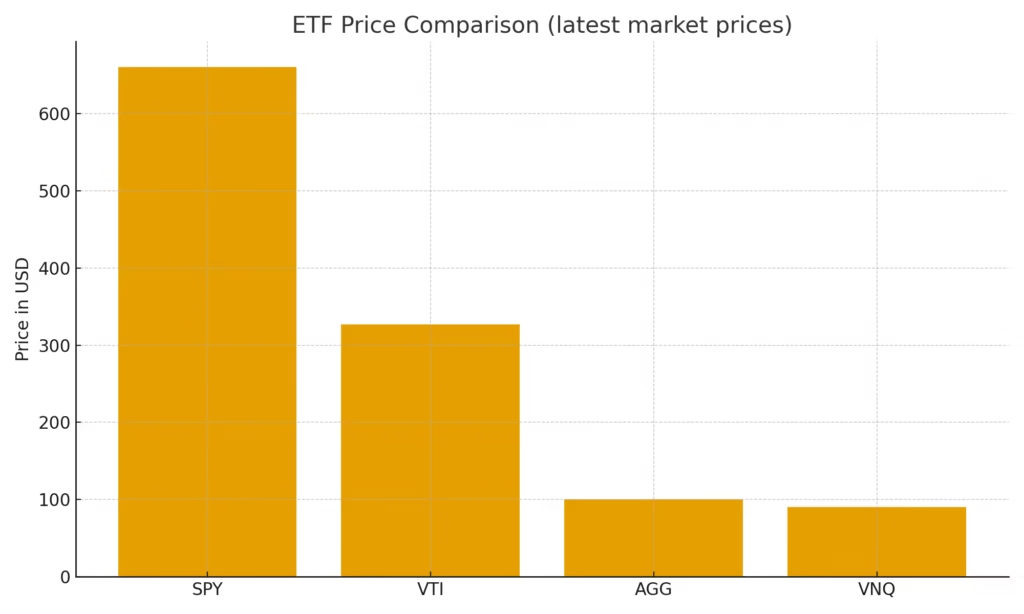
Types of FIRE Strategies
Not every FIRE journey looks the same. People adapt the FIRE method based on their lifestyle goals and financial circumstances. Here are the most popular variations:
- Fat FIRE – For those who want a more luxurious lifestyle after retiring early.
- Lean FIRE – Focused on extreme frugality, retiring with a modest lifestyle.
- Barista FIRE – Achieving partial financial independence but continuing part-time work for benefits or extra income.
- Coast FIRE – Accumulating enough early savings so that investments can grow on their own, allowing reduced work hours later.
Each of these FIRE strategies shows that the movement is not a one-size-fits-all approach. It can be tailored to your financial goals and lifestyle choices.
Example: A Simple FIRE Calculation
Let’s say your annual expenses are $40,000. Using the 25x rule (a FIRE principle based on the safe withdrawal rate), you would need $1,000,000 invested to retire early. If you can save and invest $50,000 annually with an average 7 percent return, you could potentially reach this goal in about 15–17 years.
This is where FIRE financial planning comes into play. The more you save and invest, the sooner you reach financial independence.
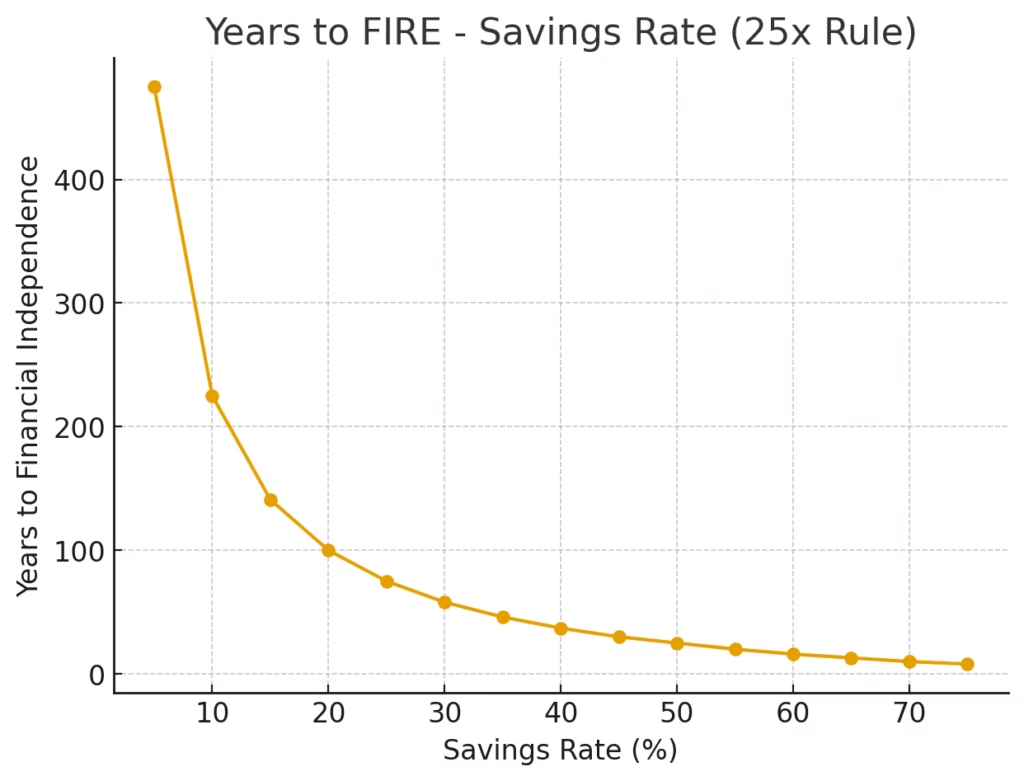
FIRE Strategies and Financial Planning in Action
Now that you understand the foundations of the FIRE method, let’s go deeper into the strategies that make financial independence possible. Many people who follow the FIRE movement often emphasize that there is no single path. Instead, you must customize your FIRE strategy based on your income level, spending habits, and lifestyle goals. The FIRE movement gained traction through online communities and voices such as the Mr. Money Mustache blog.
Building a FIRE-Friendly Budget
Budgeting is the backbone of FIRE financial planning. Without clarity on your spending, you cannot maximize your savings rate. A practical approach is to track every expense for a few months to see where your money is going. Categories like housing, transportation, food, and entertainment often consume the largest share of income. To know whether you are on track, experts often suggest following Fidelity’s retirement savings guidelines.
For example, if you notice that 40 percent of your income is going toward housing, you may explore downsizing, moving to a lower-cost area, or even house hacking where you rent out part of your home to offset costs. The goal is to strike a balance between cutting expenses and maintaining a lifestyle you can sustain for years.
Increasing Your Savings Rate
The defining factor of the FIRE method is the aggressive savings rate. Saving 40 to 70 percent of your income may sound impossible at first, but many in the FIRE community achieve it by combining three tactics:
- Frugal Living Adjustments
Cooking at home instead of eating out, buying used cars instead of new, or embracing minimalism to avoid unnecessary purchases. - Geographic Arbitrage
Some FIRE followers relocate to lower-cost cities or even countries, where expenses are a fraction of what they were in high-cost areas. - Income Growth
Cutting expenses alone is not enough. Boosting income through career advancement, side hustles, or online businesses is a major accelerant toward financial independence.
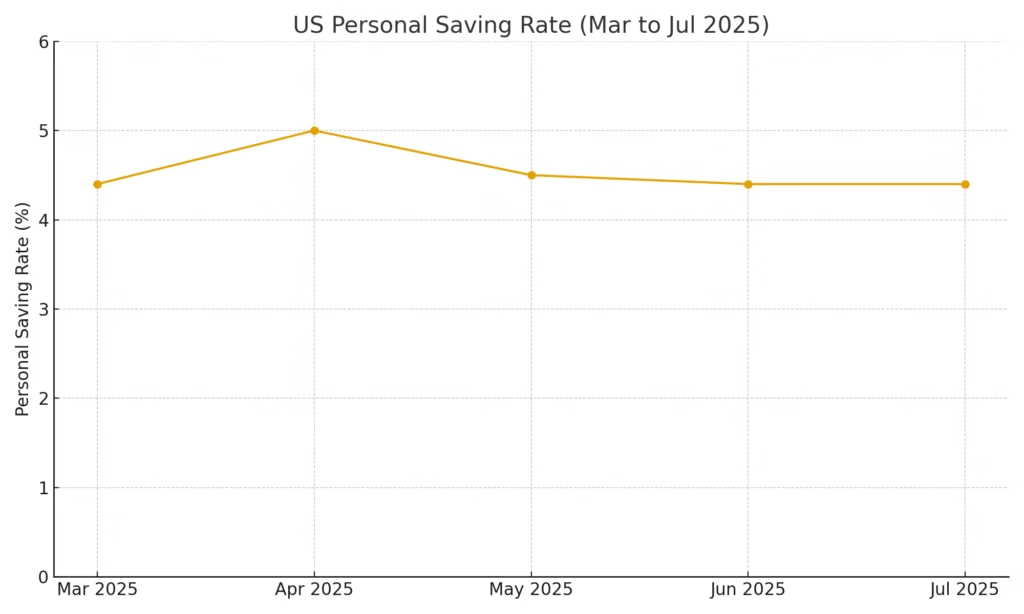
Investment Strategies for FIRE
Saving money is only half the equation. The other half is investing intelligently. The FIRE movement relies on the power of compound growth, and the sooner you invest, the faster your portfolio grows.
Popular investment options include:
- Index Funds and ETFs: Low-cost and diversified, they allow steady growth without requiring constant management.
- Real Estate: Rental properties can provide both appreciation and passive cash flow.
- Dividend Stocks: These can generate recurring income, which aligns with FIRE’s focus on financial independence.
- Tax-Advantaged Accounts: In the US, accounts like 401(k), Roth IRA, and HSA are essential tools for growing wealth while minimizing taxes.
Portfolio diversification helps balance risk and reward, ensuring that no single investment derails the strategy. Many wealthy individuals adopt approaches similar to those discussed in our blog on how high net worth individuals diversify portfolios.
For instance, someone pursuing FIRE may max out their 401(k) contributions, invest additional funds in a taxable brokerage account, and allocate part of their portfolio to real estate for cash flow.
For those who are also focused on generating steady income while growing wealth, our guide on the Best dividend paying mutual funds in 2026 provides useful insights.
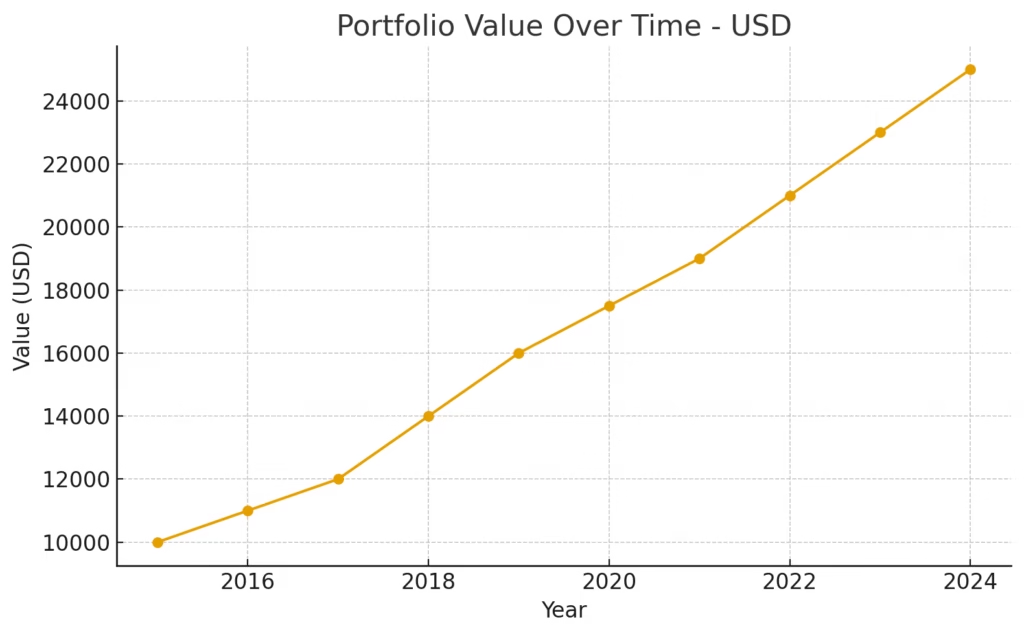
The 4 Percent Rule and Withdrawal Planning
A key part of FIRE financial planning is knowing when you can safely retire. The 4 percent rule is a common guideline. It suggests that if you withdraw 4 percent of your total portfolio annually, adjusted for inflation, your money should last for at least 30 years.
For example, if you have a $1,000,000 portfolio, you can withdraw $40,000 annually. Of course, this rule has limitations and depends on market conditions. Some prefer to adjust it down to 3.5 percent for more conservative planning.
Psychological Aspects of FIRE
Financial independence is not just about numbers. It is also about mindset. Many people underestimate how much of FIRE is psychological. Living below your means, resisting lifestyle inflation, and staying committed to long-term goals require discipline.
Think about this: If tomorrow you could stop working, how would you spend your time? Many in the FIRE movement emphasize that you should not just plan financially but also emotionally. Retiring early without purpose can lead to boredom or regret. Having hobbies, community involvement, or passion projects ensures that early retirement is fulfilling.
Real-Life FIRE Example
Consider a couple in their early 30s earning a combined $120,000 annually. They save 50 percent of their income by living frugally, investing aggressively in index funds, and house hacking to reduce mortgage costs. At a 7 percent annual return, they can build a $1 million portfolio in about 15 years. This would allow them to retire in their mid-40s with financial independence.
This is not just theory. Thousands of people across the FIRE community have shared similar success stories. In fact, online forums and blogs dedicated to the FIRE movement showcase real case studies, where individuals have retired in their 30s or 40s by following consistent strategies.
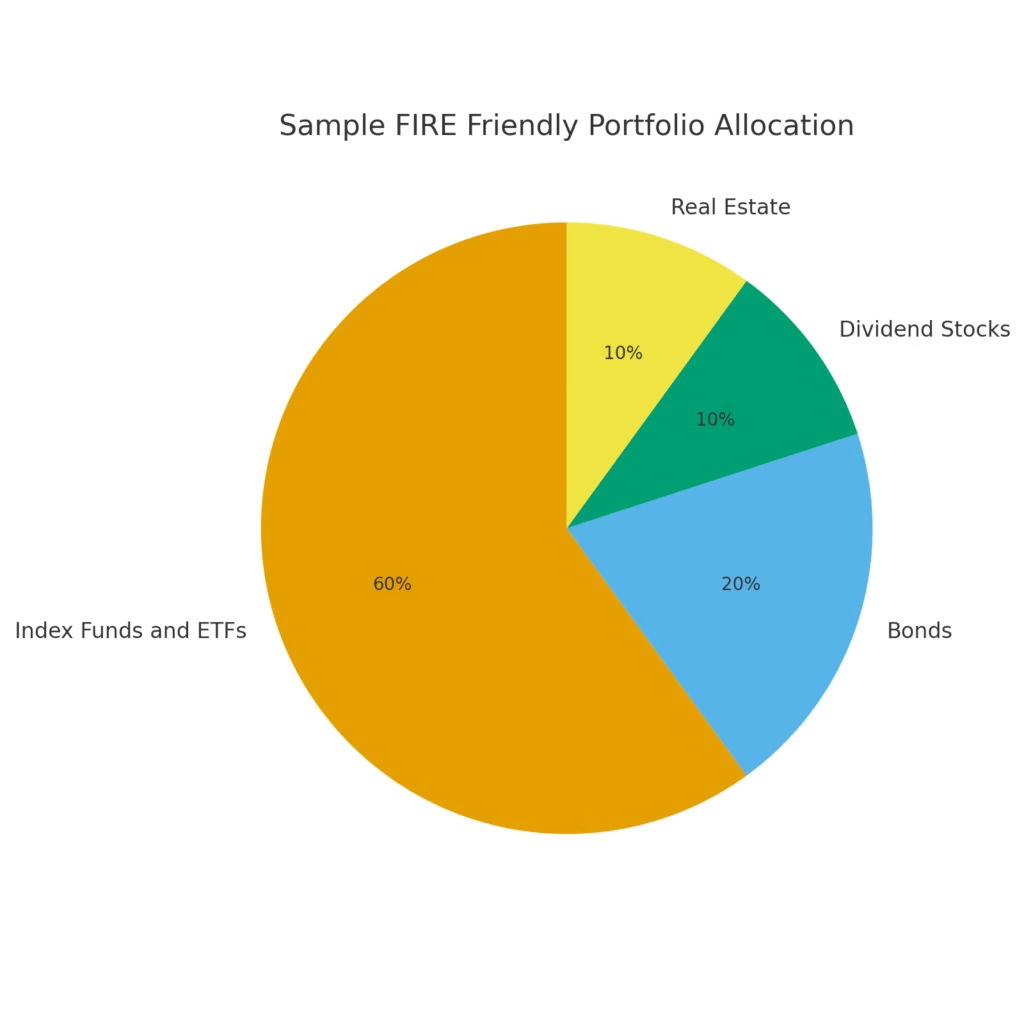
Taking Action on the FIRE Method
By now you understand the fundamentals of the FIRE movement and the strategies that make it possible. The final step is to put theory into practice. The path to financial independence through the FIRE strategy is not complicated, but it requires consistency, patience, and smart decision-making.
Step 1: Define Your FIRE Goal
The first thing you need is clarity on what early retirement means for you. Some people want to retire in their 30s, while others may be content with leaving the workforce in their 50s. Ask yourself:
- How much do I want to spend annually in retirement?
- Do I plan to travel, relocate, or maintain my current lifestyle?
- Am I pursuing Lean FIRE, Fat FIRE, or Coast FIRE?
Once you have your target lifestyle, calculate the number you need. Multiply your expected annual expenses by 25 to find your FIRE target portfolio. For example, if you plan to spend $40,000 annually, your target is $1,000,000 invested.
Step 2: Build a Savings and Investment Plan
With your FIRE number in hand, build a savings plan that works backward. Let’s say you currently save 50 percent of your income. Based on investment growth assumptions, you can estimate how many years it will take to hit your goal. Online FIRE calculators are excellent tools for this purpose.
You should also decide how to allocate your portfolio. A common FIRE portfolio may look like this:
- 60 percent index funds and ETFs
- 20 percent bonds for stability
- 10 percent dividend-paying stocks
- 10 percent real estate
This allocation can be adjusted based on your risk tolerance and timeline.
Step 3: Reduce Liabilities
Debt is one of the biggest obstacles to financial independence. High-interest debt, such as credit cards or payday loans, must be paid off immediately. Even lower-interest debts, like student loans, can delay your FIRE journey if left unchecked.
A powerful tactic is the debt avalanche method, where you pay off high-interest balances first while making minimum payments on others. Once the high-interest debts are cleared, redirect those payments to the next debt, and so on.
Step 4: Optimize Taxes and Accounts
Taxes can eat into your FIRE progress if ignored. Using tax-advantaged accounts is critical in FIRE financial planning. In the US, maxing out 401(k) and IRA accounts, while balancing investments in taxable brokerage accounts for flexibility, ensures a more tax-efficient retirement.
For example, you might use your Roth IRA for long-term tax-free growth, your 401(k) for employer matches and pre-tax savings, and your taxable account for accessible funds before reaching retirement age.
Step 5: Build Multiple Streams of Income
Many FIRE followers emphasize the importance of not relying on just one income source. While a primary job may provide the bulk of savings, additional streams can accelerate your timeline. This could include freelancing, rental property income, dividend stocks, or online businesses.
For instance, someone earning $80,000 annually and saving 40 percent may hit their FIRE target in 20 years. However, if they generate an additional $1,000 per month in side income, they could shave several years off their timeline.
Step 6: Prepare for Life After FIRE
Reaching financial independence is a milestone, but the real question is what you will do afterward. Many people who retire early pursue passion projects, volunteer work, or even start businesses. The key is to have a vision for your post-work life. Without it, you risk feeling unfulfilled despite financial freedom.
A good practice is to experiment with hobbies and activities before retirement. If you think you want to travel, start by taking extended vacations. If you plan to start a small business, test the idea while still employed.
Avoiding Common Mistakes in FIRE
Even with the best plans, many people stumble. Here are some common mistakes to avoid:
- Underestimating Healthcare Costs
In countries like the US, healthcare is one of the largest retirement expenses. Make sure you factor it into your FIRE plan. - Being Too Conservative or Too Aggressive
Being overly cautious may keep you working longer than necessary, while taking excessive risks may put your portfolio in jeopardy. - Ignoring Inflation
Prices rise over time. A plan that looks solid today may fall short if inflation averages 3 to 4 percent annually. - Not Accounting for Market Volatility
Markets fluctuate. Having a diversified portfolio and a cash buffer for downturns ensures you do not panic and derail your plan.
Real-Life Lessons from the FIRE Community
The FIRE community is filled with valuable lessons. For example, many people who have achieved FIRE emphasize that the journey is as important as the destination. The habits you build along the way such as intentional spending, saving, and investing transform your financial mindset.
A common reflection from early retirees is that financial independence gives you freedom of choice. You may still choose to work, but it is on your terms, not because you are financially obligated.
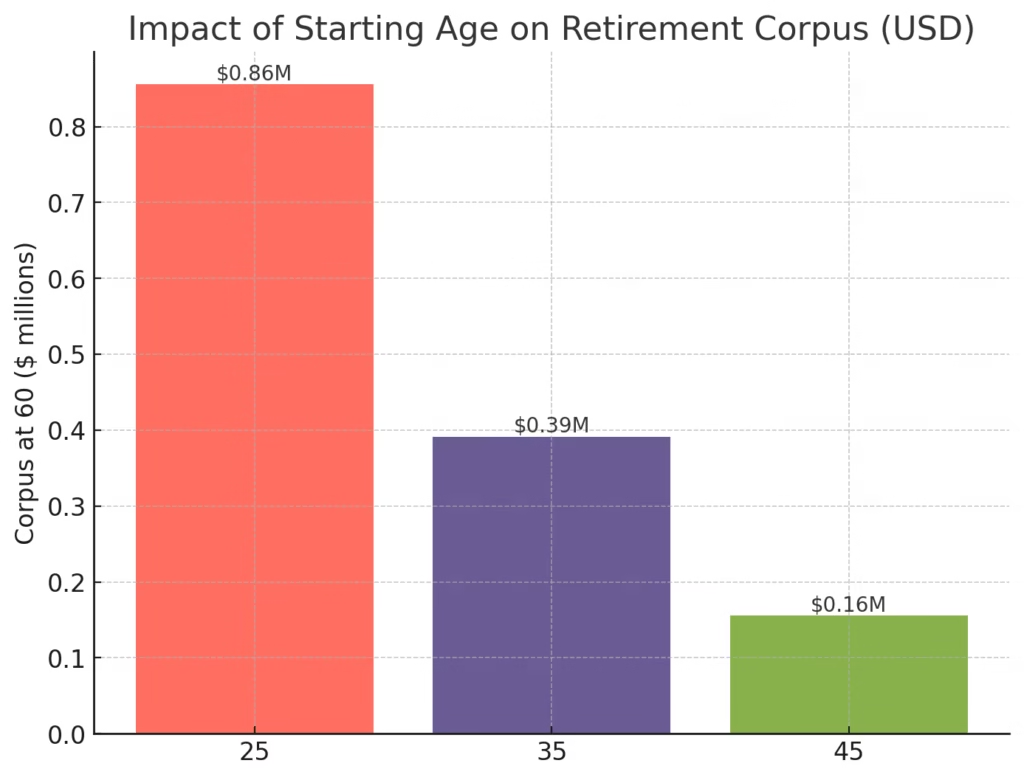
Final Thoughts on the FIRE Method
The FIRE method is not about deprivation. It is about designing a life where money is a tool, not a limitation. Whether you pursue Lean FIRE for simplicity, Fat FIRE for luxury, or Coast FIRE to enjoy balance, the key is consistency. Small decisions, repeated over years, lead to massive results.
If you are serious about financial independence, start today. Track your expenses, increase your savings rate, and invest wisely. Even if you do not retire by 40, you will still achieve a level of financial security that many never experience.
Quick Question for You:
If you could retire 10 years earlier than the traditional retirement age, what would you do with your time? Share your thoughts in the comments. I would love to hear your vision of financial freedom.


